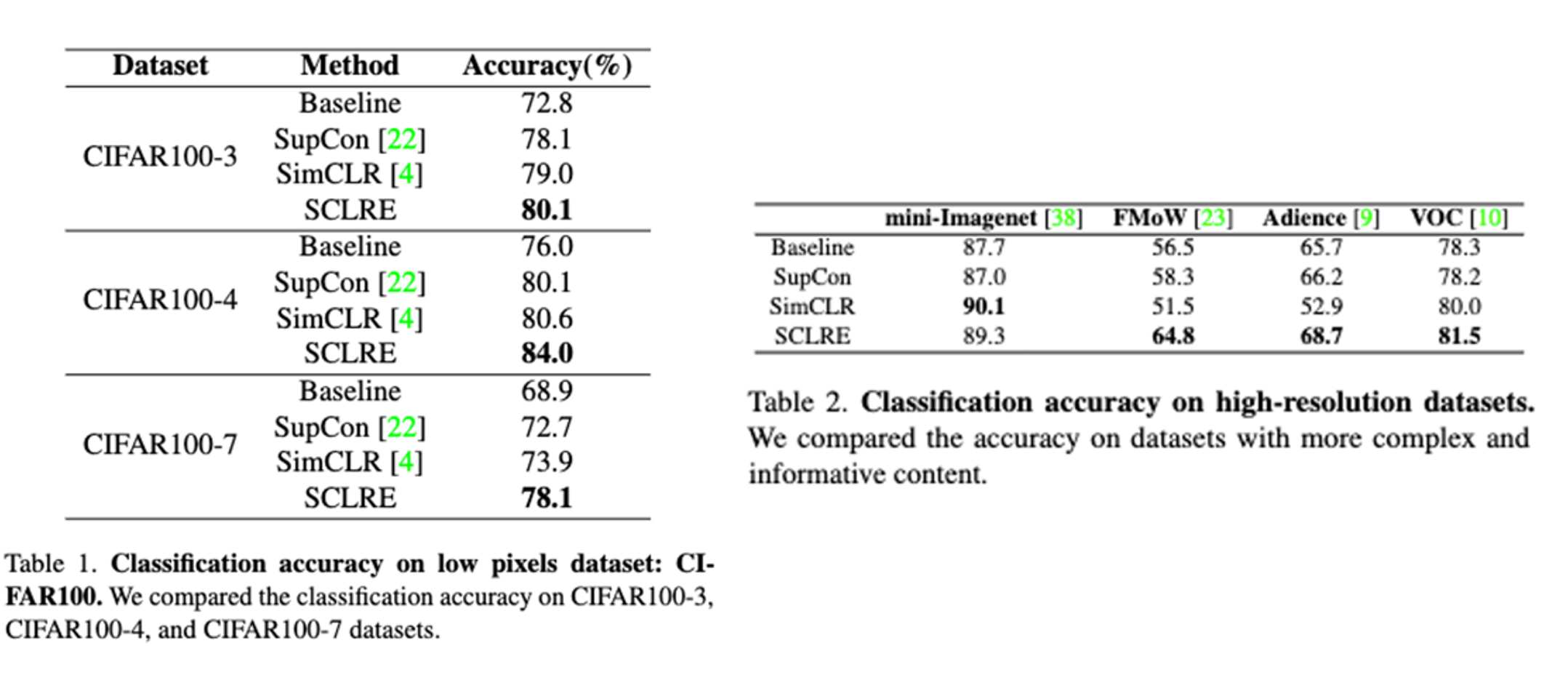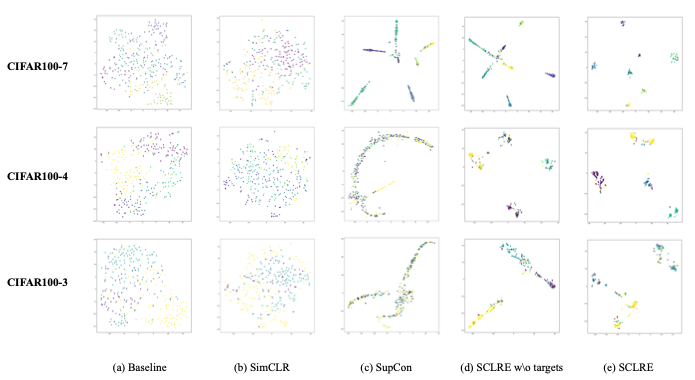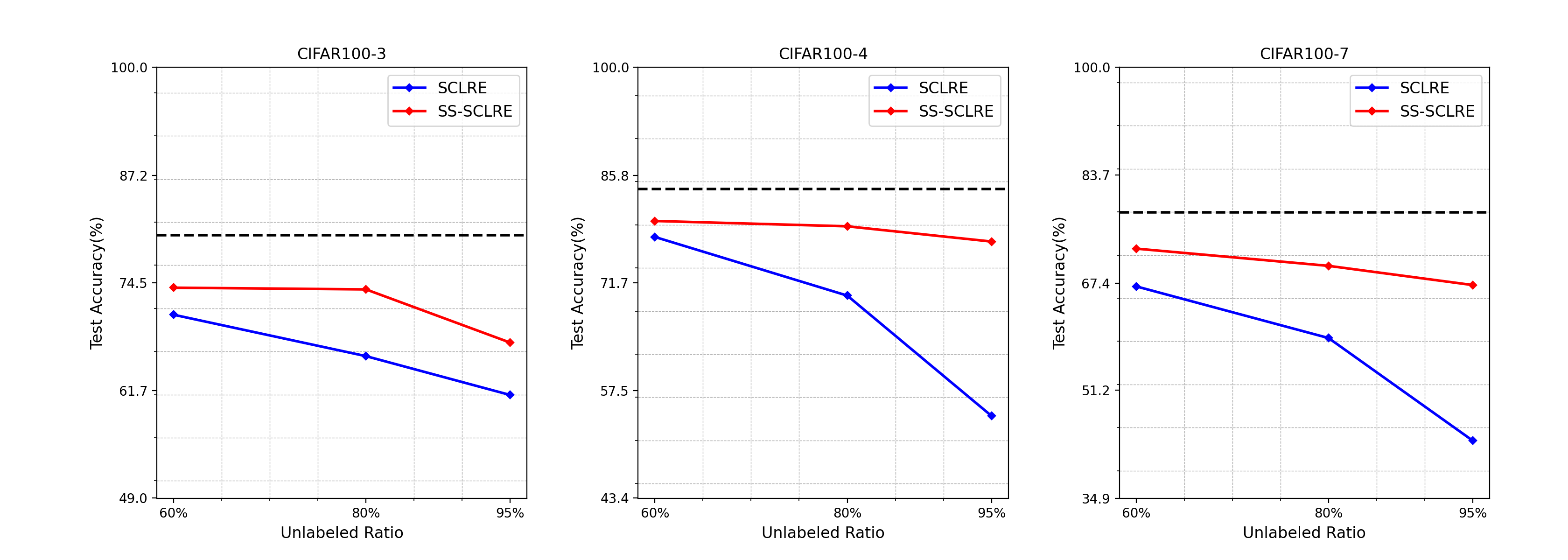Figure 1: An illustration of superclass problem.
In real-world applications, the criteria for image classification are often determined by human cognition rather than the
features of the images themselves. In some scenarios, due to overly coarse-grained criteria, a category of images may contain
various subclasses, resulting in a lack of common semantic features even among images belonging to the same class. For example,
in the context of waste classification, images of recyclable waste include a wide range of items, from beverage cans to books,
with no apparent commonality. This article defines this phenomenon as the Superclass Learning problem.
Characteristics of Superclass Learning
- Subclasses within a superclass are usually scattered and share few common features.
- Instances from different superclasses may have common features, leading to potential confusion between classes.
Challenges of Superclass Learning
- Breaking the original basic class decision boundaries(Fig 1.b): It is necessary to divide the domain into smaller, more meaningful domains that better represent the actual problem (e.g., splitting the apple domain into fruit and toy domains).
- Reconstructing decision boundaries at the superclass level(Fig 1.c): The goal is to merge relevant class domains into a new superclass domain that accurately represents the intended classification (e.g., combining fruit apples, eggs, and bones into a food waste superclass domain).
Contribution of this paper
- We propose the under-study but realistic problem, superclass learning.
- We propose a novel representation enhancement method (SCLRE) to address superclass learning.
- We perform extensive experiments to demonstrate that SCLRE outperforms other classification techniques.
- We conduct extensive analysis about the isotropy of superclass learning and extend SCLRE into semi-supervised situations.





